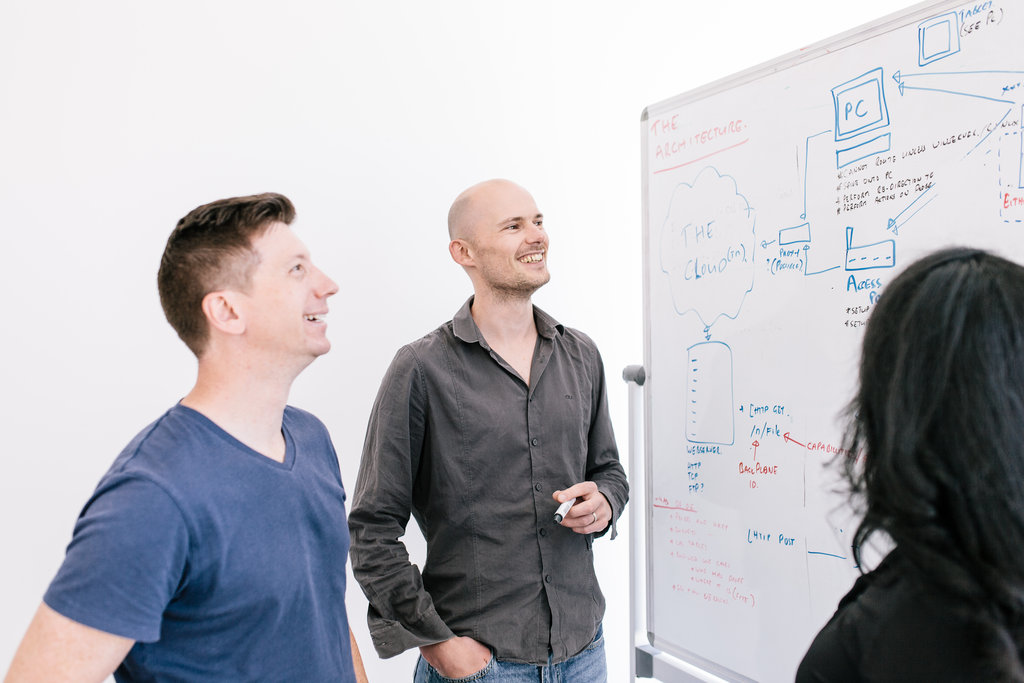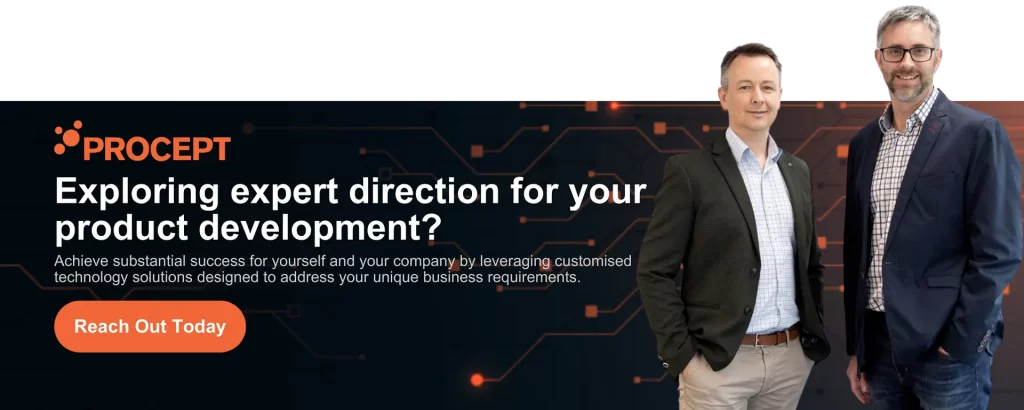
How to build a hardware product and business – Part 2

Part 2: Wants vs Needs
If you’ve followed all the steps in Part 1, you’ll have come up with a product concept which addresses the valuable end-user problems you’d identified. It’s an exciting time and it can be quite tempting to plough straight into defining detailed features or requirements. As this stage, it’s useful to take stock and be critical of the opportunities you’re going to solve for.
Are they Wants or Needs?
Every product is made up of these two elements and the mix must be right or the product will fail in the market. So how do you identify which is which, and what do you include in the first release of your product?
Distinguish between wants and needs
The product you’ve pictured in your mind comprises plenty of features that make it useful to the target end user. Features are not created equal, and some will be more important than others in persuading customers to love using your product. These sometimes get grouped as ‘Must Haves’ or ‘Optional’ and teams often debate endlessly on categorization and whether something should be in ‘Scope’ or not (More on that particular question in Part III…). The best way to start is to understand Wants and Needs, so you can have an informed discussion about the features of your product. This exercise also helps to prioritise your list of features which is incredibly important when developing a hardware product.
- Needs: These are the fundamental functions or user problems that your product must be able to solve to be usable. Without these, the device has no utility and won’t be successful. For example, an email app is no good if it has a beautiful interface but does not let you send and receive emails…
- Wants: These are the features that set your product apart, they satisfy much more than the expected functions. They reveal the opportunities you identified from your insights and often produce surprise and delight in customers. Staying with the email analogy, recent features have included autocomplete while typing and ‘nudges’ on messages you sent but haven’t been responded to. These features are your differentiation and are vital to your product gaining traction in the market.
Be sure to refer to the opportunities you identified in phase 1 as you prepare a comprehensive list of user wants and needs. With this done you can start to think about the features of your product, and there’s a great way to do this – User Journey Mapping.
The start of this process involves mapping out an ideal customer journey of use. Based on the wants and needs you’d identified, what steps does the User go through with the product to satisfy the wants and needs? At this stage, it’s pretty high-level, which is the point. It prompts you to think about the order in which things occur and why, with constant reference to your persona’s for guidance.
System cards stuck on a wall or post-its are great for this exercise as you can move them around and edit as you go. The goal is to develop a story for your product, one that you can build on, add detail to and start to create detailed Use Cases, Features and Requirements from.
Building this story relies on input from Business, Technical and Creative people. If you’re starting out on a hardware product journey it’s vital that your team includes this mix of skills.
Build the right team to achieve the right product
Creating a product that is successful is ultimately about making decisions. What does the product do? What doesn’t it do? What should be in the first release? Why? The horrible realization with product development is that your product will never be perfect for everyone, and it will never be finished. The framework we’re laying out can help you prioritise your features and product releases because decisions you make will be based on good evidence. The evidence can be technical in nature, creative or business based and it’s important to get this full picture. Here are two vital considerations for developing ideal product features while working as a team:
- Look at each hardware function or feature from each perspective to understand its value, risk, and complexity. Trade-offs are inevitable and this information allows you to make reasoned decisions.
- A team with the right attitude allows for open discussions where each member’s ideas, including those that sound unconventional, are heard. Pragmatism is vital, so don’t be too precious with your concepts, ideas and opinions.
Wrapping it up: Why defining wants and needs is important
The steps described above lay the groundwork for sound requirements analysis and creation of prototypes for early testing. Now that you have the core product features and benefits figured out, you can start exploring wireframes, physical models, or visual concepts to present and breathe some life into your ideas. This will be the subject of the next Part in the series…
If you liked this article and want to learn more, you may find our “A Time and Materials Approach to New Product Development” a great resource.
Here at Procept, we can help you determine consumers wants and needs whilst developing your product. We have had plenty of experiences in consumer products, an example being a device for Smash Wearables that measures tennis technique and provides tips for improvement.
For more information on the process involved in building a hardware product, get in contact with us here.

Hi, we’re the award-winning engineering team at Procept.
We live and breath product development. Since 2006, our vision has been to make a positive difference through the application of the latest technologies to solve real-world problems and improve people’s lives.
Learn more about our product development services, engineering services, or joining our engineering team. To work with us on your next product development project, contact our team.
Let’s innovate!









